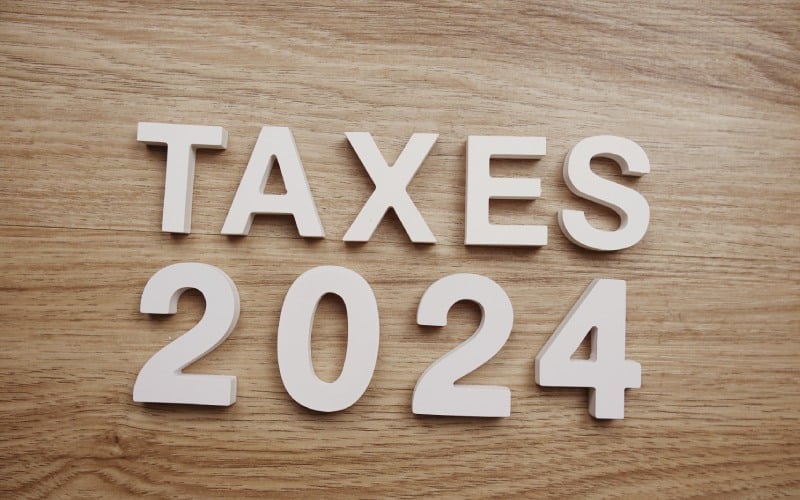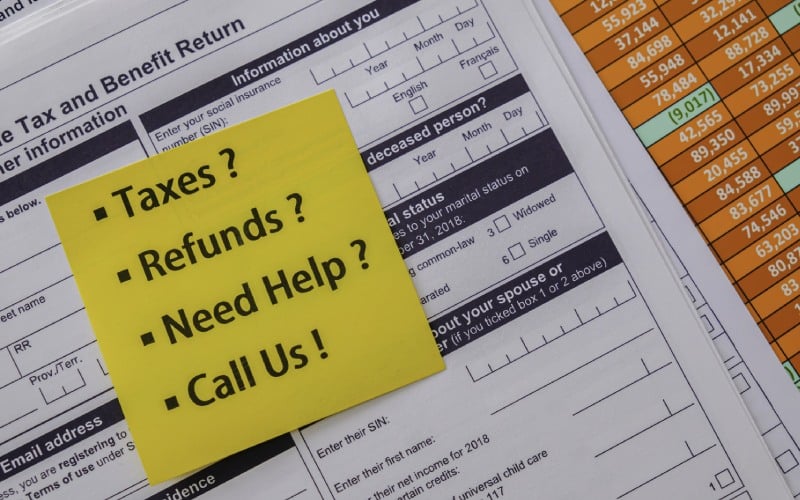This year is bringing significant tax changes for dentists and dental practice owners, affecting retirement savings, contributions, and credits. Being alert to tax changes helps dentists and dental practice owners adapt their financial strategies and optimize tax efficiency to save money on taxes through minimizing tax liabilities. They can also enjoy more sustainable growth, being able to allocate resources effectively towards their dental practice, retirement planning, and personal financial goals.
Table of Contents
ToggleMaximum RRSP Contribution
The maximum contribution to Registered Retirement Savings Plans (RRSP) is increasing to $31,560 in 2024, up from $30,780 in the previous year. This increase allows dentists to save more for their retirement while enjoying the benefit of deducting contributions from their income; this opportunity is especially important for higher-income earners like dentists to reduce their taxable amounts.
TFSA Limit
The annual contribution limit for Tax-Free Savings Accounts (TFSA) in 2024 is $7,000, reaching a cumulative total of $95,000 for individuals eligible since the introduction of TFSA in 2009. This allows dentists to build tax-free savings.
Maximum Pensionable Earnings and CPP Contributions
In 2024, the maximum pensionable earnings for the Canada Pension Plan (CPP) is $68,500. Additionally, a second, higher earnings limit section is being introduced for earnings between $68,500 and $73,200. Self-employed dentists, in particular, need to be aware of these changes, as they need to pay both the employer and employee portions of CPP contributions. The 2024 employee and employer maximum is $4,045.
Also new in 2024 is a second, higher earnings limit section that is being introduced for earnings between $68,500 and $73,200. This does not replace the original maximum limit, but provides an additional range of earnings.
Maximum Annual EI Insurable Earnings
The maximum annual Employment Insurance (EI) insurable earnings for 2024 have risen to $63,200. This update affects both employees and employers, with adjustments to the employee and employer maximums increasing to $1,468.
Interest Rates
In Q1 2024, the prescribed rate on loans to family members will be 6%, while the interest rate on overdue taxes will increase to 10%.
Lifetime Capital Gains Exemption
In 2024, the Lifetime Capital Gains Exemption is increasing to $1,016,836. This provides dentists with a higher threshold for tax-free gains when selling qualifying assets, offering opportunities for investment and wealth accumulation.
Home Buyers’ Credit
Individuals who bought a home can claim up to $10,000 of the purchase cost, with a non-refundable tax credit of up to $1,500.
Medical Expenses Threshold
For the 2024 tax year, the maximum medical expenses threshold is 3% of net income or $2,759, whichever is less.
Child and Other Dependant Benefits
Changes in the Canada Child Benefit (CCB) include a maximum benefit of $7,787 per child under six and up to $6,570 per child aged six through 17 in 2024. Additionally, dentists should explore additional credits such as the Canada Caregiver Credit and Disability Amount, which provide support for caregivers of individuals with disabilities.
Age Amount
Dentists aged 65 or older on December 31st of a tax year can claim this amount. For 2024, the amount is increasing to $8,790.
OAS Recovery Threshold
Dentists whose net world income exceeds $90,997 in 2024 may need to repay their Old Age Security (OAS) pension partially or completely, depending on their income level.
Disability Amount
The non-refundable credit for disabilities is increasing to $9,872 in 2024, providing additional support for individuals with disabilities. A supplement of up to $5,758 for those under 18 is available, subject to adjustments based on childcare expenses.
Advanced Life Deferred Annuities
An Advanced Life Deferred Annuity (ALDA) is a life annuity that is paid for in advance and received later. Dentists can use ALDAs as part of a retirement planning strategy to defer taxes on annuity growth and mitigate market risk during retirement. The limit in 2024 is $170,000.
Trust Reporting Rules
The Canada Revenue Agency (CRA) has introduced new trust reporting rules, requiring all settlors, trustees, and beneficiaries of family trusts with assets over $50,000 to provide detailed information on the trust tax return annually.

Basic Personal Amounts and Federal Tax Rates
The basic personal amount for 2024 is $15,705 for taxpayers with net incomes of $173,205 or less. However, it gradually phases out beyond this level, reaching $14,156 for those with a net income of $246,752 or higher. Dentists who are near the clawback threshold need to optimize deductions and tax credits to retain their basic personal amount effectively and minimize negative tax impacts.
Federal tax brackets in 2024 will be adjusted higher by 4.7%. Dentists should be aware of these changes to plan their tax strategies effectively and minimize their overall tax liability. New tax brackets have changed so:
- <$246,752 is taxed at 33.0%.
- <$173,205 is taxed at 29.0%.
- <$111,733 is taxed at 26.0%.
- <$55,867 is taxed at 20.5%
Staying fully updated on tax changes and understanding their impacts personally can be challenging for dentists and dental practice owners. Dental Tax makes it easier, guiding you through changes and ensuring you get the benefit of every tax-saving opportunity you are eligible for. We help you keep more of your tax money for a more secure financial future.
Adam has an MBA from the Richard Ivey School of Business in London and also holds a Chartered Investment Manager designation.
- Buying vs. Starting a Dental Practice: Financial Comparison - December 11, 2025
- Year-End Tax Planning for Dental Practices: 10-Week Countdown Guide - November 27, 2025
- Dental Practice Bookkeeping: Systems for Success - November 13, 2025




